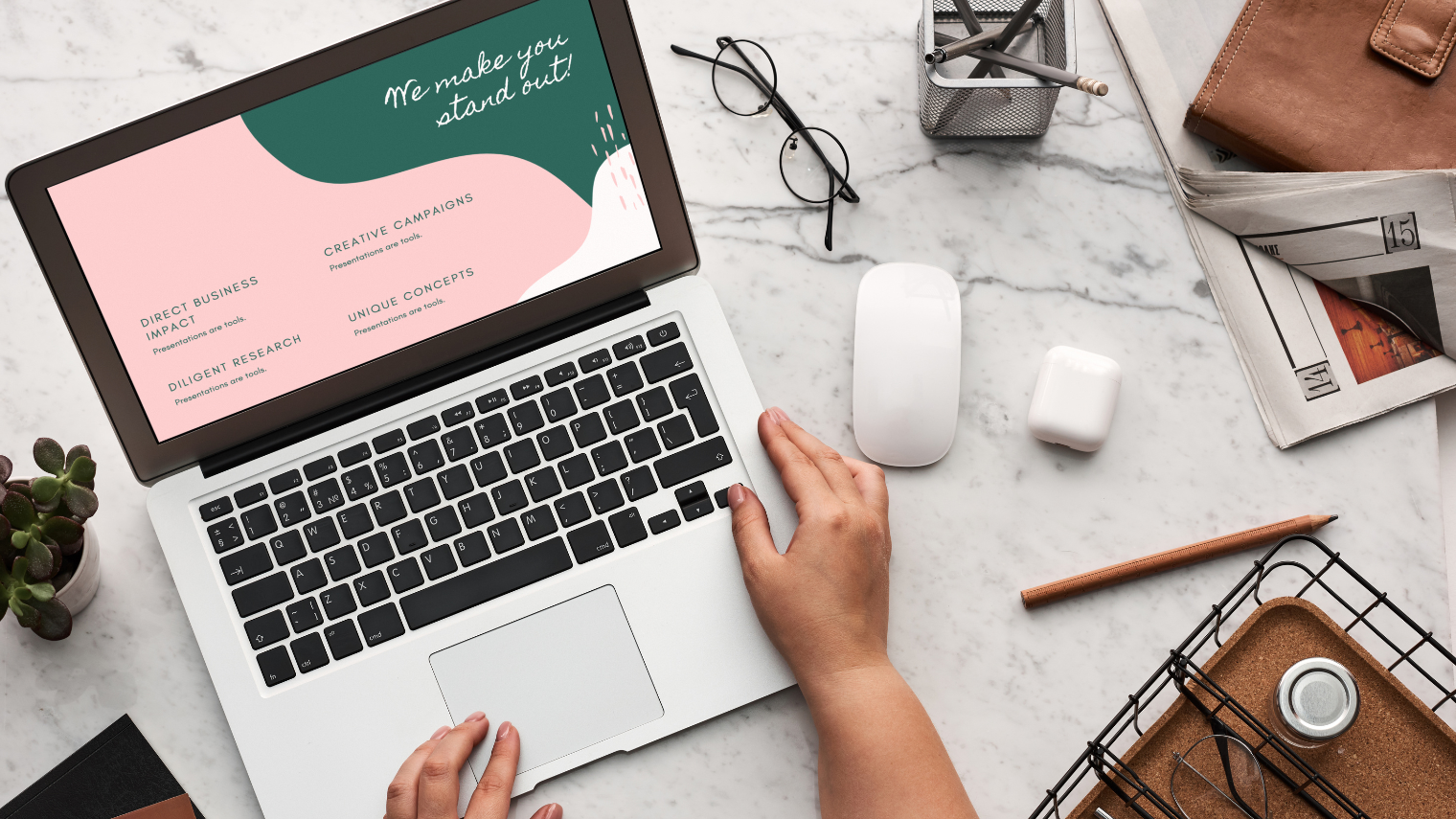
Highlights
In the busy world of graphic design, a professional invoice isn’t just paperwork; it’s a key part of your business strategy. A thoughtfully created graphic design invoice template clearly communicates with your clients and helps ensure your graphic design work gets paid for promptly. This guide covers everything you need to know about creating effective invoices, from essential components and pricing strategies to best practices for client communication.
A graphic design invoice is a formal document you send to clients that details the services you’ve provided and what they owe you. It’s more than just asking for payment; it represents your professionalism and attention to detail. A clear, well-organized invoice can strengthen your client relationships by giving them confidence in your services and business practices. For freelance graphic designers, a proper invoice for graphic design work is essential to maintain cash flow and professional relationships.
A polished invoice does more than list services; it builds credibility. When clients receive a well-designed invoice, they see you as a serious business owner, which leads to greater trust and satisfaction. Remember that your invoice is often the last impression you make after completing a project, making it an important extension of your brand. A professional graphic designer invoice helps ensure you get paid on time and reflects your professionalism.
Creating an effective graphic design invoice template requires several important elements:
Even experienced graphic designers can make mistakes in the invoicing process. Here are some pitfalls to avoid:
To ensure your invoicing process runs smoothly, review these common invoicing mistakes that freelancers make and learn how to avoid them.
The debate between hourly and project-based billing continues among freelance graphic designers.
Figuring out what to charge can be as challenging as the design work itself. Consider these factors:
Revisions can be tricky to handle in graphic design invoicing. Here’s how to approach them:
Using templates can save you time and effort when you need to make an invoice for graphic design services. Here are some resources to consider:
Your invoice should reflect your brand’s identity. Here are tips for customization:
For inspiration, look at creative invoice examples. An effective graphic design invoice should be both functional and visually appealing. A well-designed invoice reflects your design skills and makes a lasting impression on clients. The best invoice template for a graphic designer will be easy to read while showcasing your creative abilities.
When presenting invoices, keep these practices in mind:
Late payment can be frustrating for any freelancer. Here are strategies for gentle reminders:
Investing in the right software can streamline your invoicing process. Here are popular options:
Using invoicing software can save time and improve your business operations. Benefits include:
Many freelance graphic designers find that a good invoice generator helps them create professional invoices quickly while offering multiple payment methods for clients.
The steps to create a graphic design invoice that gets you paid on time involve careful planning and attention to detail. Adobe provides excellent guidance on creating professional invoices for graphic design work that can help you develop an effective invoice strategy.
When you make an invoice for graphic design services, be sure to include your terms and conditions clearly. Specify acceptable payment methods such as PayPal, bank transfer, or credit card payments to offer clients multiple payment options. Every graphic design invoice should include a clear payment due date, typically within 30 days of invoice receipt.
How do graphic designers invoice clients? Invoicing clients involves creating a detailed invoice outlining services provided, pricing, and payment terms. Once completed, send it via email or through an invoicing platform to receive payment quickly.
What should be included in a graphic designer invoice? A complete graphic designer invoice template should include your business and client information, an invoice number, invoice date, scope of work descriptions, pricing, and payment terms to ensure timely payments.
How do I bill for design revisions? Clearly define what counts as a revision and establish a policy for additional changes. Communicate any extra costs upfront to maintain transparency and prevent billing disputes.
Creating an effective graphic design invoice is crucial for your professional reputation and cash flow management. By including all the necessary elements, setting clear payment terms, and maintaining open communication with clients, you set yourself up for a successful freelance graphic design business.
Download our free invoice template today and simplify your billing process! For more tips on managing your graphic design business effectively, subscribe to our newsletter for regular updates and advice on getting paid on time.
Watch this helpful tutorial on creating professional invoices
Learn practical ways to structure your freelance graphic designer invoices for better client relationships.
Check out this video on effective invoicing strategies
Discover helpful tips to improve your invoicing process and ensure your graphic design work gets paid promptly.